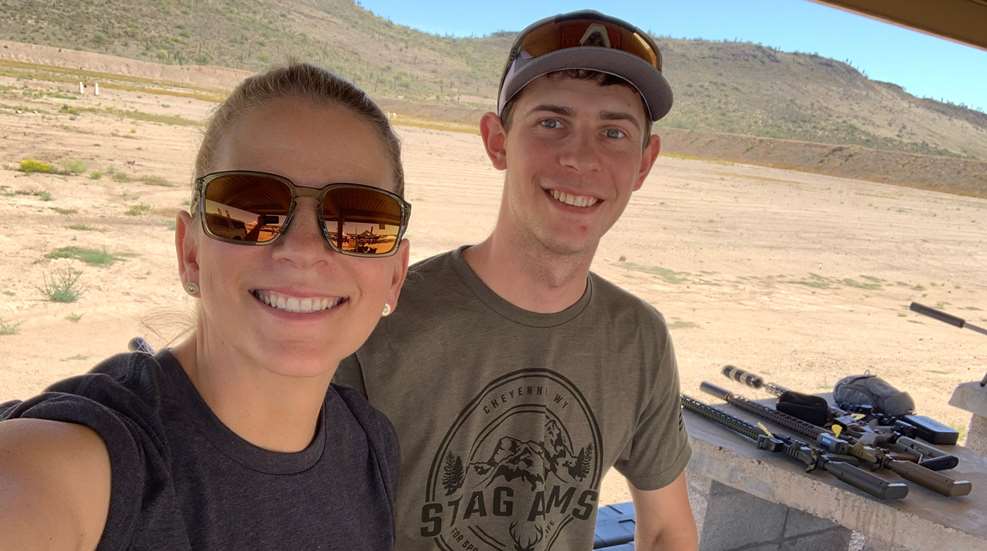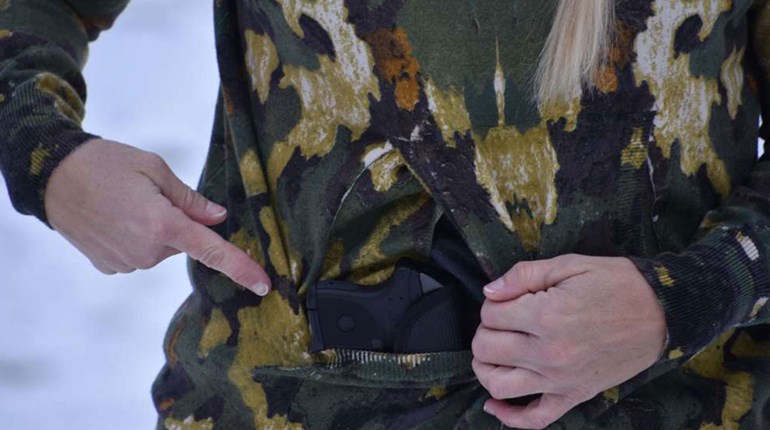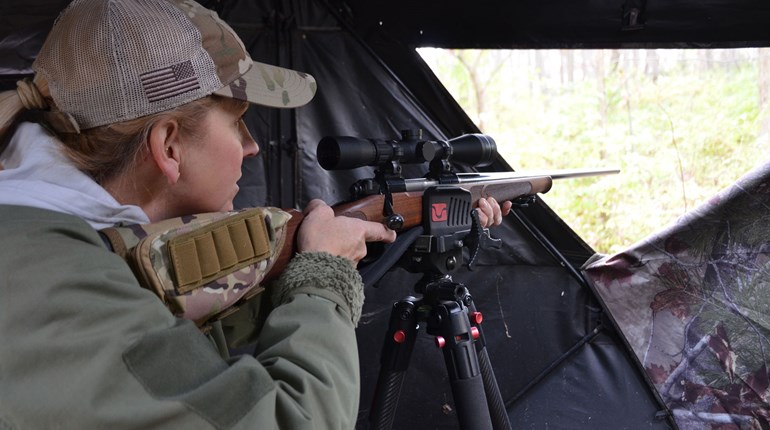
Every gun owner should know the 4 Rules of Firearm Safety, and we should continually reinforce them. But there are some other rules for safety that should also get attention. These are rules about protecting ourselves long term if we engage in shooting sports, hunting and other range-related activities.

Wash Your Hands
Shooting firearms exposes us to lead (from the projectiles) and lead styphnate (from primers). Left unchecked, lead exposure can be very dangerous. But with proper safety practices, problems attributed to it can be mitigated.
Safety practices include things like washing your hands with soap and water after you have used a firearm, and before you eat food or touch your face, especially your eyes or mouth. The danger level of lead exposure is described by the CDC as less than 5 micrograms per deciliter (μg/dL) for adults and for children, it should be under 3.5 micrograms per deciliter (µg/dL).
As far as lead from firearm usage is concerned, shotgun shell shot is probably the most common way to be exposed. This can happen by means of the dust in the air when lead shot impacts hard steel targets, and by the action of touching targets that have been impacted by lead shot. When you shoot sporting clays or trap and skeet, you have little opportunity to contact lead dust. If you shoot a practical shooting sport, like IPSC or 3-gun, you are likely to have to pick up and reset targets that have been hit with lead shot. The best practice is to wear gloves when doing this and wash your hands afterward.
Another way that lead can pose a risk is in reloading and handling spent primers. When primers are removed, there is potential to contact the lead styphnate used in them. So wear gloves and work in a well-ventilated work space, and use methods to collect spent primers that do not hold potential to create dust. (This means sweeping or scraping versus something like a vacuum or other method that could cause dust to become airborne.)
Wash your hands after you handle:
- Firearms
- Ammunition
- Spent brass
- Debris on range
- Targets on range
Removing contaminants to your skin as soon as possible is important. Many ranges do not have running water, so at the very least, its wise to pack some lead-removal wipes in your vehicle and use them before you get in the car. There are also lead-removal soaps that can be purchased for your range or home.
Cleaners and Solvents
Exposure to solvents has long been known to be a health risk. Solvents used to clean firearms or to treat brass while reloading ammunition create other opportunities for becoming exposed to chemicals. Using disposable gloves when handling firearms cleaners and using cleaning solvents is a prudent action. Solvents can be absorbed through your skin, eyes, and by breathing them in. Working in well-ventilated areas with your firearms and protecting your eyes, skin, and respiratory system are all advised courses of action.
Chemicals to handle carefully:
- Bore solvents
- Gun cleaner solvents
- Aerosolized cleaners
- Solvent-based lubrication products
Eyes and Ears
As generations of young people with access to technology and information grow up, more and more seem unwilling to damage their hearing and vision for the sake of sport. This is a great thing to see. My own sons double up on hearing protection when we compete. Eye and ear protection are mandated on every range that you go to.

Back in the early days of firearms sports, safety was not given as much focus. As a result, we have older generations with hearing loss. So never compromise on eye and hearing protection.
Eye pro. Don’t leave for the range without eye pro for every person in your group. Don’t substitute sunglasses unless they are ANSI rated sunglasses. Don’t “turn away” or plug your ears with your fingers while someone else shoots. Always bring and wear eye and hearing protection. Period. There is no other option.
Ear pro. Wearing appropriate hearing protection matters. If you shoot indoors, you might need to double up by using foam earplugs and also over-ear style “ear muffs.” The damage to your hearing is not just in the vibrations from sound, but also conduction from bone. For people shooting rifles or other loud firearms that their faces touch, especially indoors or in enclosed areas, doubling hearing protection is wise.
Decades to Enjoy
A little forethought on safety will keep you and those with whom you participate in the shooting sports at lower odds for injury and exposure to potential risks. It’s not costly or time-consuming, and there are plenty of options for sizes and styles of eye and ear protection available. Your local big box store will sell vinyl gloves for cleaning, which will be money well spent. The simple act of being attentive and building good habits can be enough to ensure you have decades of enjoyment with firearms and shooting sports.













































